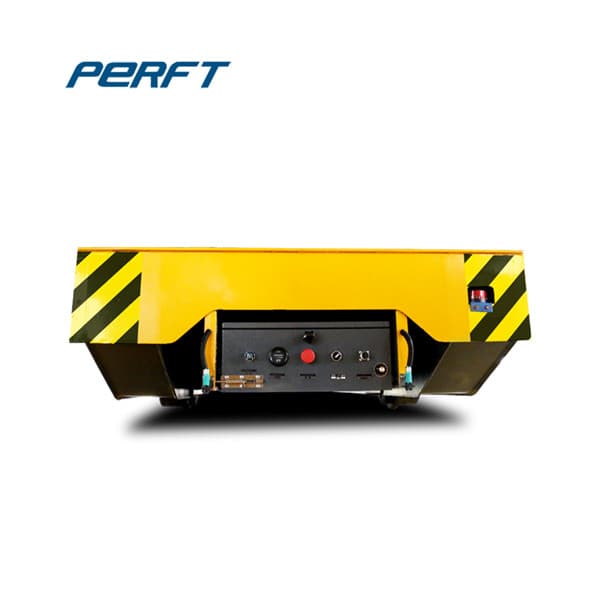Figure 1is an exploded view of a moving-coil movement. It can be seen that a coil free to rotate is suspended in the field of a permanent magnet. The coil ends are connected to a suspension system so that current can be passed through the coil. Figure 1 Exploded view of a moving-coil movement The suspension system may consist of one of two methods: It must be noted that a current is passed through the coil—not a voltage. The current that flows through the coil is governed by the value of the applied voltage. The coil sets up its own field which reacts with that of the permanent magnet and causes the coil to rotate. A pointer attached to the coil gives a voltage reading against a scale. The meter movement can only work satisfactorily on direct current. If AC is applied to the movement, it tries to turn the coil rapidly in the opposite directions with the result that the coil effectively remains stationary. See full list on electricala2z.com Figure 2(a) overleaf is an exploded view of a moving-iron meter to illustrate its operating principle. In practice the construction is slightly different and is shown in Figure 2(b). Figure 2 Moving-iron instrument/meter exploded view, construction, and non-linear scale There are two magnetically soft iron vanes in the movement. One vane is fixed and the other pivoted and free to rotate. A pointer attached to the moving vane moves across a scale as an indicator. When an electric current is passed through the coil, both the fixed and moving vanes are magnetized and have like poles at adjacent ends. Like poles repel each other and the movable vane moves away from the fixed vane. The attached pointer then indicates a value against a calibrated scale. A restraining spring provides opposing torque so that the vane movement can be stabilized. As a voltmeter, the coil impedance is very low when compared with the required series resistance. Consequently the meter movement can be considered See full list on electricala2z.com Both moving-iron and moving-coil meters are current-operated and relied on magnetic effects for their operation. However, the meter scales may be calibrated as voltage because of the direct ratio between voltage and current. The basic movements of both types often have only a small voltage drop across the operating coils. Typically for a modern moving-coil meter this voltage is in the order of a few millivolts. While the moving-iron type has a slightly higher voltage drop it is still very low and this factor limits the uses of these meters unless steps are taken to extend their operating range. For any given voltage, adding series resistance decreases the current flow through the meter. If a moving-coil movement with 100 Ω coil resistance has an extra 10 kΩ added in series, the total meter resistance circuit would be 10.1 kΩ. From Ohm’s law the current is now reduced approximately 10 times. To restore the operating current to its original value, 10 times the voltage must be applied;... See full list on electricala2z.com The operating current of an ammeteris generally very low to ensure adequate sensitivity for measuring small values of current. The internal resistance of the meter is also kept as low as possible to reduce the voltage drop across the meter itself. To measure values of current higher than that required to give full-scale deflection, a resistor called a shunt is placed in parallel with the meter. It allows some of the current to bypass the meter. Any fixed value of current flowing into a parallel circuit will divide according to the resistance of the paths. The less the resistance the greater will be the current flow in that path. It is better explained with an example, using the same meter movement as that in Example 1. Example 3 A moving-coil meter movement has a full-scale current rating of 1 mA and an internal resistance of 100 Ω. calculate the resistance of a shunt to be placed in parallel with it so that currents of up to 1 A can be measured. The circuit is shown in Figure 4over... See full list on electricala2z.com















